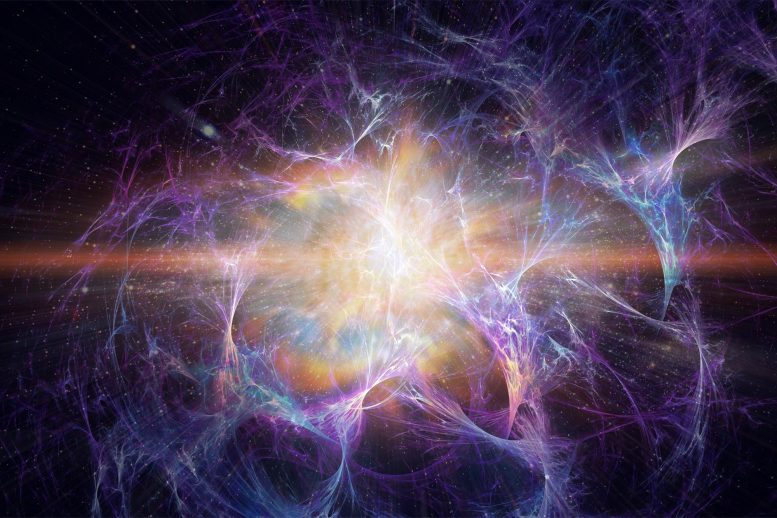
Australia’s first major contribution to dark matter detection, the ORGAN Experiment, is now online and searching for dark matter, bringing us a step closer to solving one of the biggest mysteries of the universe.
Although we may still be in the dark about what dark matter is, we now have a better idea about what it isn’t.
Australia’s first major contribution to dark matter detection — the ORGAN Experiment — is now online and searching for dark matter, bringing us a step closer to solving one of the biggest mysteries of the universe.
After four years of research and development, ORGAN has completed its first substantive search for axions — a promising candidate for dark matter. ORGAN is hosted at The University of Western Australia’s Quantum Technologies and Dark Matter Laboratory.
The first results from ORGAN rule out a popular theory about the nature of dark matter, narrowing the possibilities for what it could be, according to UWA PhD student Aaron Quiskamp, from the Australian Research Council Centres of Excellence for Engineered Quantum Systems and Dark Matter Particle Physics.
“We performed the most sensitive search so far for axion dark matter in a particular mass range,” he said.
“Although we didn’t find any, it’s very exciting because it’s Australia’s first large-scale, long-term direct dark matter detection experiment.
“It’s also given us useful information about what axion dark matter isn’t, which tells future axion searches across the globe where not to look.”
Dr. Ben McAllister, a physicist at the Australian Research Council Centres of Excellence for Engineered Quantum Systems and Dark Matter Particle Physics, said there are a lot of experiments around the world testing different hypotheses as to what dark matter is.
“We’re trying to rule out all the possible candidates, and by the process of elimination figure out which one is correct,” Dr. McAllister said.
“Because we don’t know how heavy the axion is, if it even exists, we need multiple experiments searching the different mass ranges predicted by the theory.”
The ORGAN Experiment is the first to use a type of detector called an axion haloscope in this mass range.
“The idea behind a haloscope is to try and detect the dark matter by converting it into well-known particles called photons, which are like tiny little flashes of light,” Dr. McAllister said.
“When we don’t see any little flashes, as was the case this time, we instead place exclusion limits, where we rule out axions that our experiment would have been sensitive to. Then, we tell the rest of the dark matter community ‘no dark matter here’ and move on to search for axions of a different mass.”
Aaron said the team hopes to begin their next search later this year.
“We’re currently making technical improvements to our detector to achieve greater sensitivity and enable wider-ranging searches,” he said.
This research was supported by funding from the Australian Research Council and the Australian Research Council Centres of Excellence for Engineered Quantum Systems and Dark Matter Particle Physics.

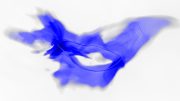
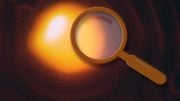

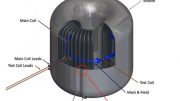

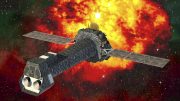
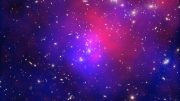
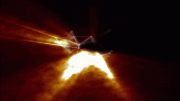
Be the first to comment on "Dark Matter Experiment Set To Help Solve the Biggest Mystery in the Universe"